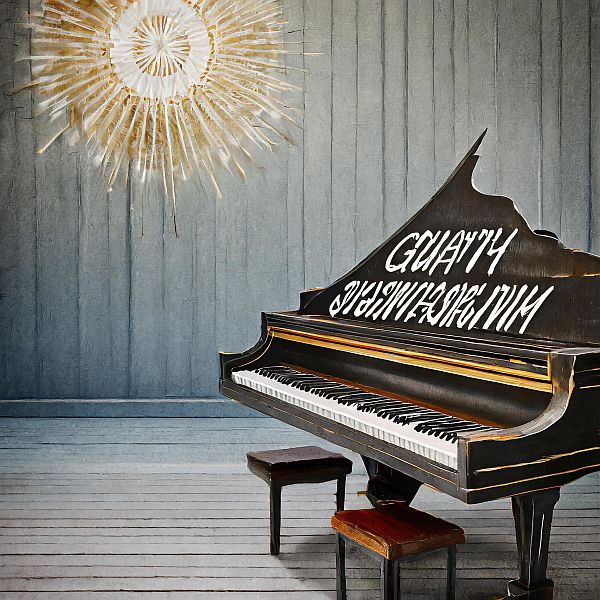Striking the Right Chord: Mastering the Art of of effective Piano Practice
Mastering the art of effective piano practice isn’t just about putting in the hours; it’s about making every minute count. Many aspiring pianists often wonder about the best length of practice sessions to maximize their potential. The truth is, there’s no one-size-fits-all answer, but there are strategies to ensure your practice is both efficient and productive.

Quality Over Quantity

The key to effective practice is not the duration but the quality. Focused, goal-oriented practice sessions can yield better results than aimless, prolonged periods at the keyboard. It’s about the mindful engagement with the material, whether scales, arpeggios, or pieces.
Structuring Your Practice
Divide your practice time into segments dedicated to different aspects of playing. Start with invigorating warm-ups, then technical exercises, then delve into new pieces, and finally, review the repertoire you already know. This structured approach keeps your practice balanced and comprehensive.
The Role of Breaks

Taking regular breaks is crucial. The brain assimilates information during rest periods, so short breaks every 20-30 minutes can enhance learning and prevent burnout. Listen to your body and mind; if you’re feeling fatigued, it’s time to step away. As a beginner, starting with 10 to 15 minutes is enough time to practice, and remember to take breaks. This is what I always recommend to my beginners.
Tailoring to Individual Needs
Consider your goals, schedule, and attention span when deciding practice length. Beginners might benefit from shorter, more frequent sessions to build stamina and focus, while advanced players may require longer periods to tackle challenging pieces. The key is consistency and regularity, so find what works best for you and stick with it. Never forget that you are practicing to be a great pianist. don’t wait until you are, enjoy the practice, it really is great fun.
Tailoring to Individual Needs

Consider your goals, schedule, and attention span when deciding practice length. Beginners might benefit from shorter, more frequent sessions to build stamina and focus, while advanced players may require longer periods to tackle challenging pieces. The key is consistency and regularity, so find what works best for you and stick with it.
Conclusion

In conclusion, the art of piano practice is less about clock-watching and more about intentional, focused engagement. By understanding the principles of effective piano practice and maximizing your efforts, you can strike the right chord and watch your skills flourish over time. Keep practicing and enjoy the journey!

